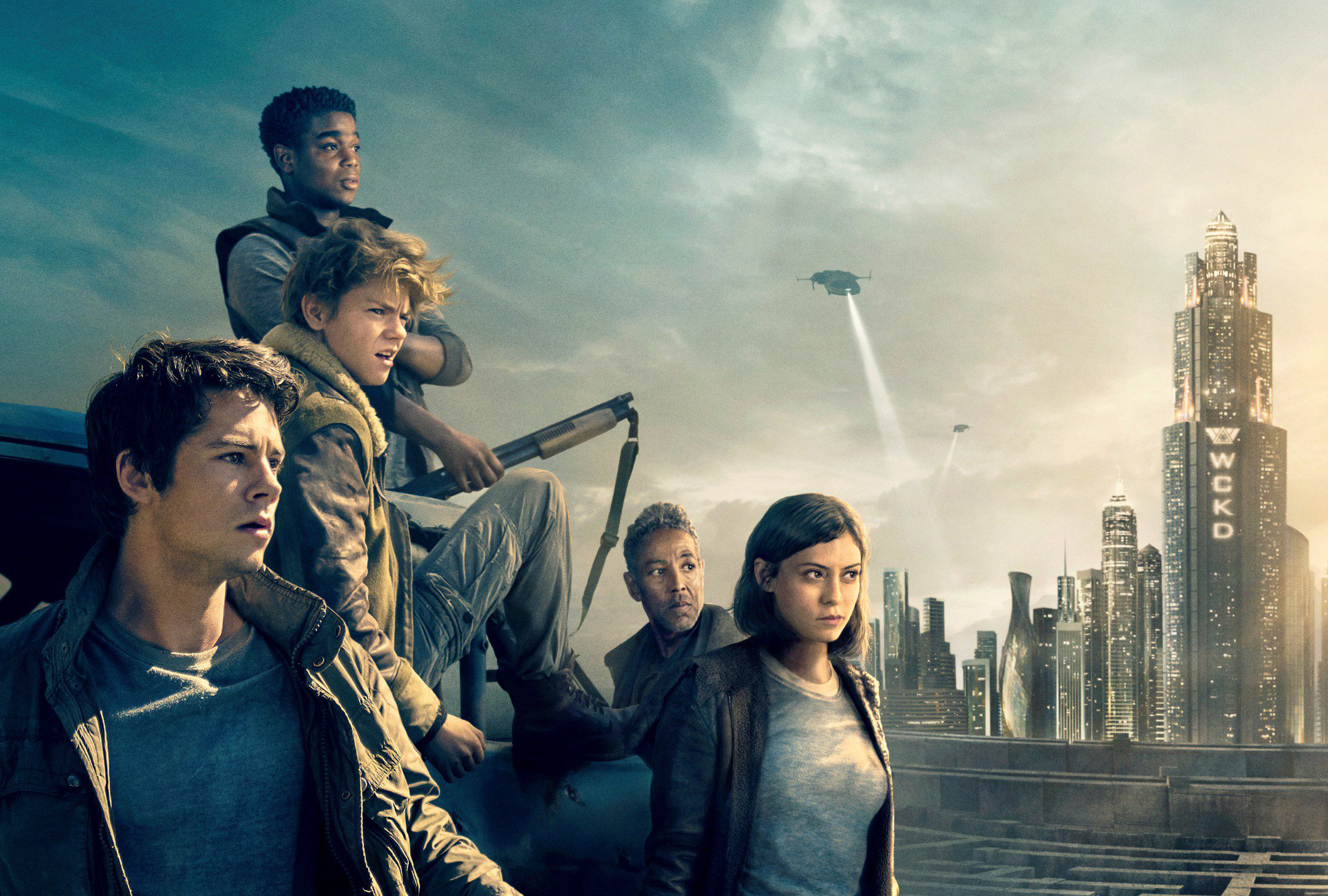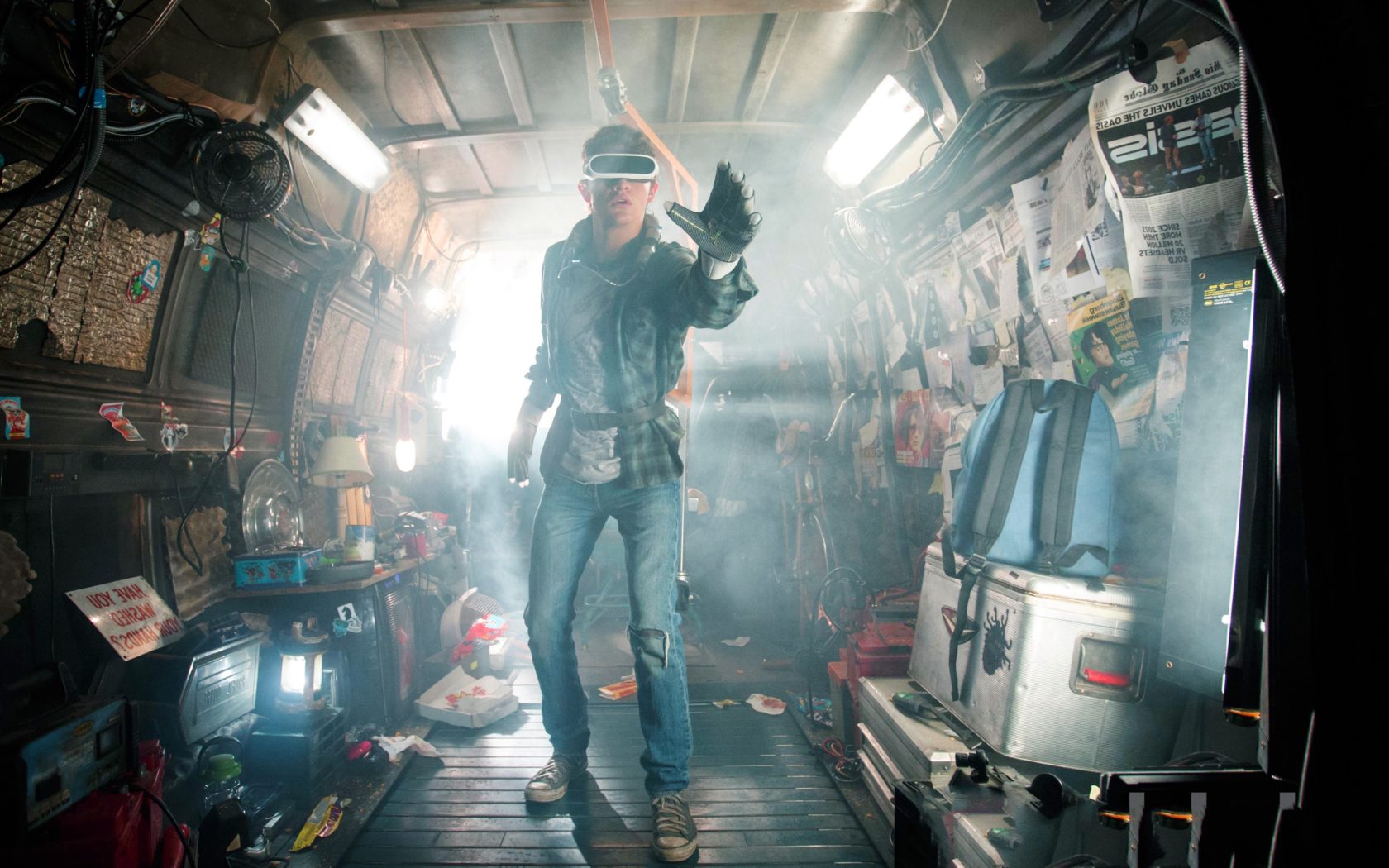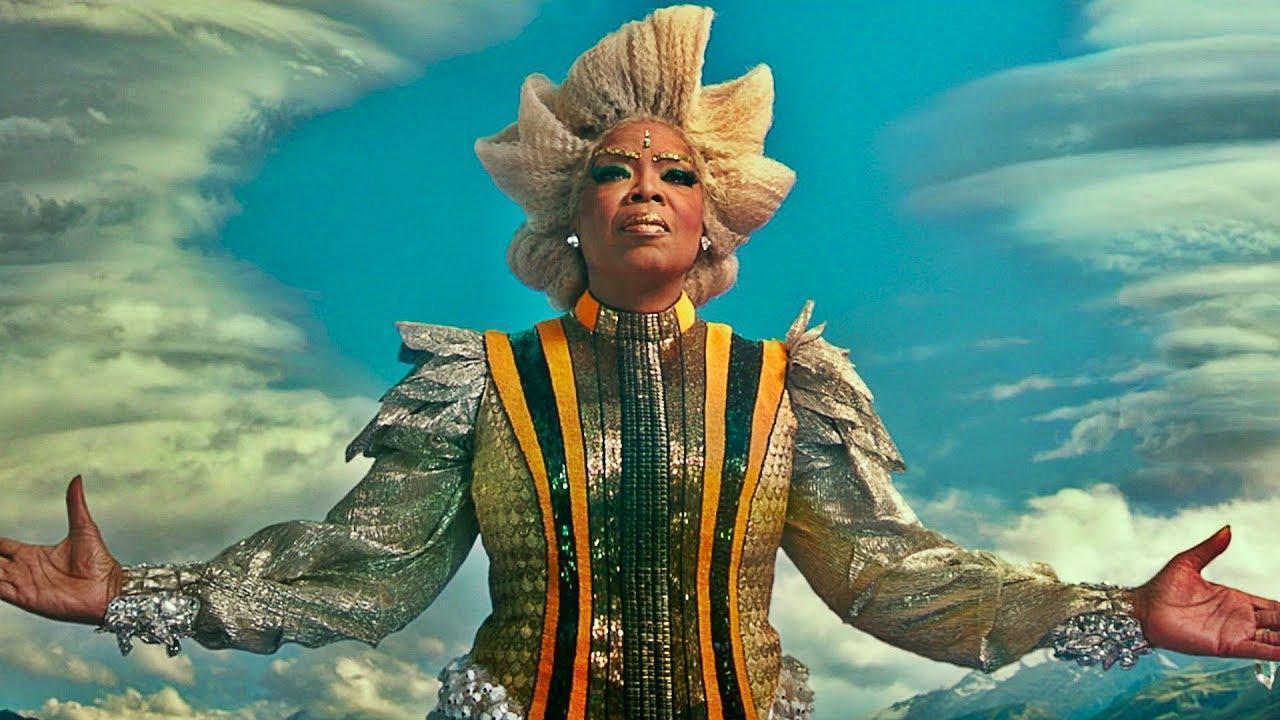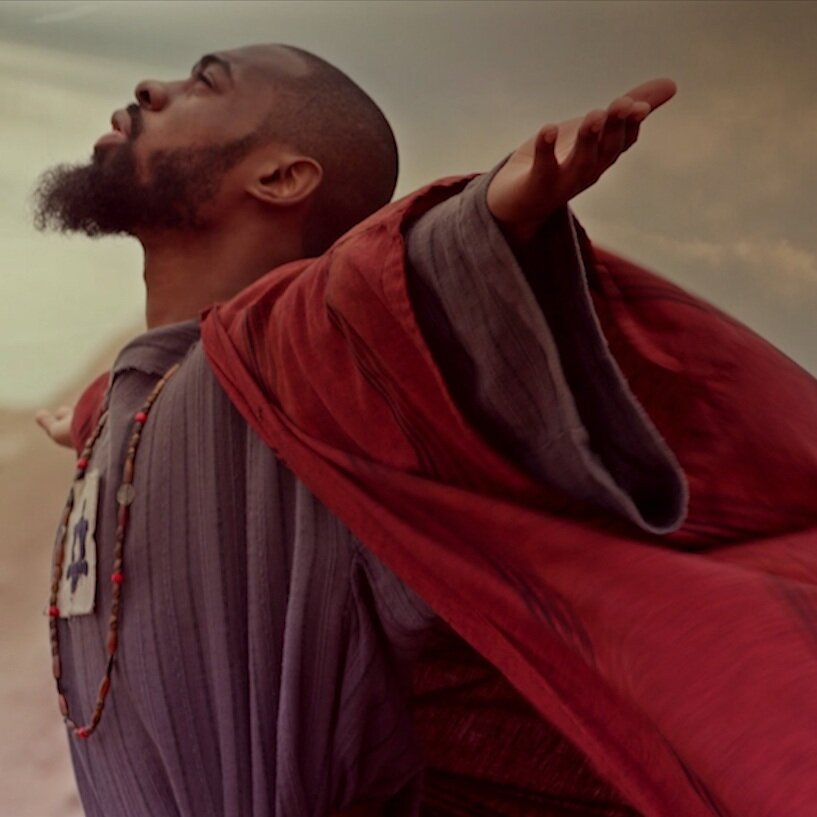'A Wrinkle in Time' Has Issues to Iron Out
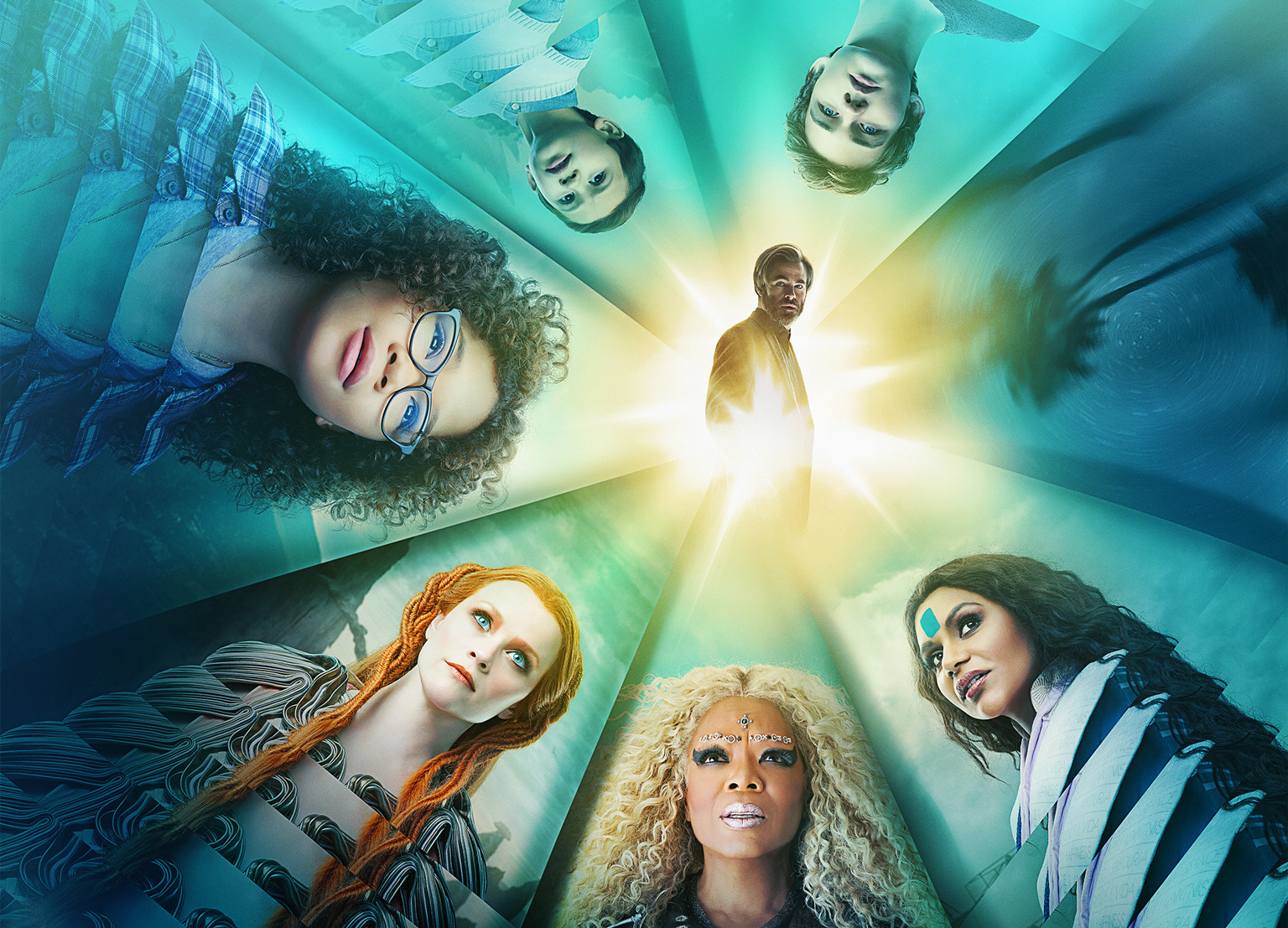
While Disney’s phenomenal business plan has led them to near-monolithic success in the modern film industry, “A Wrinkle in Time” may unfortunately unveil a certain chink in the House of Mouse’s armor that its film producers seem a bit too keen on exposing repeatedly with little improvement.
Based on the 1962 novel of the same name, the film follows young Meg Murray (Stormy Reid), who sets out to find her missing father with the help of her school friend Calvin (Deric McCabe) and prodigious younger brother Charles Wallace (Levi Miller) with the help of intervening astral forces played by Mindy Kaling, Oprah Winfrey, and Reese Witherspoon.
Meg’s adventure leads her across the universe to different planets, each one helping her to grapple with the reality of living with her missing father on Earth and the strain that it has caused her family. Unfortunately the movie, for all of the resources and imagination that went into the visuals, manages to take the shape of an aesthetic masterwork only to have the tale itself unfold as an awkward audiobook of a story displaced from its original setting.
Courtesy photos
That’s not to say that the whole thing is a loss; the performances, especially those of the children are all generally excellent, striking a balance between relatable caution and curiosity mixed with a storybook sense of wonder appropriate for the material. That makes the sloppier moments of the film more palatable. Moments of raw relatability and emotional complexity that make Ava DuVernay an acclaimed practitioner of her craft do occasionally pop up just long enough for you to imagine the masterful children’s fable with a light science fiction flavoring that this could have been. Sadly, watching said talent struggle with such a clunky screenplay, heavy on character exposition that could have been easily shown rather than told, comes across as the cinematic equivalent of hunting down the most prime cut of meat, carved into a perfect steak and cooked by Gordon Ramsey, only to ask him to char it black and drown it in steak sauce.
“A Wrinkle in Time” is certainly difficult source material to adapt given its high concept nature and reliance on emotional atmosphere and imagination to carry forward its story of space operatic battles of will between metaphysical concepts over the influence of entire plains of reality, but it’s not quite impossible even if it would be a hard sell to a wide audience. A key factor in making that work however relies on dedicating to a definitive interpretation of the material, which relies on establishing strong characters and a crisp layout of the rules that they’ll find themselves playing by, even if those rules defy that of reality as we know it.
That specific failure is painfully felt in the simultaneously rigid yet cringe-inducingly messy first half, which not only wastes the opportunity to learn about these character’s more intimately through their actions but gets so caught up in expositing obvious on-screen information that they fail to give the element of the aforementioned astral entities and the adventure that they represent any sufficient build up or foreshadowing while also failing to clearly define the rules of the adventure the children will be embarking on.
How is the reality-warping Tesseract effect triggered? Is anybody capable of it? Is the threat of the “it” to earth purely metaphysical or does it have some sort of physical ramifications? And these questions don’t even touch on the lack of imagination put into the first planetary destination of the adventure which lacks in both anticipation and pay-off regarding the whimsical nature of breaking the laws of physics the way they choose.
For all of “A Wrinkle in Time’s” positing about the importance of maintaining a sense of wonder, it completely fails to sell anything particularly wondrous. Those failings become doubly frustrating in the second half of the film because it was so clearly reliant on that portion doing its job, yet despite falling mildly flat because of it, almost fires on all cylinders otherwise. When Meg, Calvin, and Charles Wallace, confront the “it” head on, the movie finally begins to move in the direction of visionary storytelling that DuVernay was clearly hired for.
Mechanics of both plot and setting finally begin to synchronize while the metaphysical nature of the journey starts to raise some double meanings and implement symbolism culminating in a climax literalizing Meg’s internal conflict by physically manifesting itself via the movie’s nemesis that plays out in such a cheesy fashion that it would almost be laughable if it weren’t executed with such effective sincerity and carried by two kids that look to have promising careers if they keep this caliber of performance up.
It may have been intended to stand with Marvel Cinematic Universe entries, “Star Wars” movies, and live action animated remakes as the cinematic tent poles of Disney’s year but it ultimately follows the unfortunate trend of films like “John Carter,” “Tron: Legacy,” and “Tomorrowland” in assembling talented filmmakers with solid casts to ultimately shell out a generic product lacking in any character or personality that made the prospect of the film so tantalizing to begin with.
The strong finish does a lot to pick up the lost pieces from the starting gate, but while nearly all of “A Wrinkle in Time’s” production crew managed to stay magnificently on point, the screenplay’s desperate need of another couple of passes for polish sink it from being the fresh cinematic hit that Disney was probably hoping for, even if the product that landed might make for a passable afternoon matinee for the kids.
2 out of 5
Graduating from Texas A&M University—Commerce with a bachelor's degree in News and Editorial Journalism, Jordan Wright has lived most of his adult life professionally critiquing films, from major blockbusters to indie dramas, and has no intentions of stopping.



